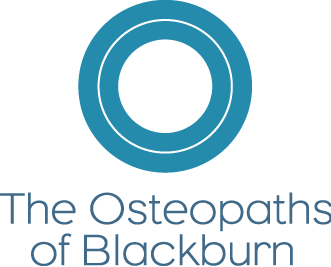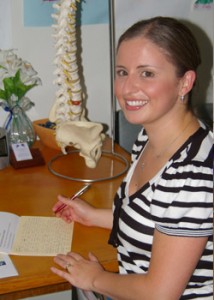Who doesn’t love a massage?
Everybody loves a massage, right? Well, ok, I have met some people who do not like to be massaged but generally speaking most people enjoy a massage, including children and you guessed it, babies. It is no surprise that babies crave the warmth of their parents’ tender, loving touch. It is a channel of communication they understand well. Without words, touch becomes talk and inspires feelings of safety, trust, love and above all, an essential sense of connectedness.
What is it about massage that people love? It feels nice, it is relaxing and you usually feel better afterwards. It is no surprise that massage is perhaps one of the oldest healing traditions. Its many benefits include:
- Improved circulation and skin tone – this is why your skin goes red after a massage, as there is a rush of blood to the area being massaged. This increased blood flow means that oxygen and nutrients are brought to the muscles and surrounding tissues and waste products can be removed. This is why your Osteopath may advise you to drink water after a treatment to help flush these toxins out.
- Reduced pain and stiffness in muscles and joints– thanks to improved circulation and manually stretching the muscles any stiffness and pain can be alleviated. This helps to improve flexibility in our muscles.
- Feeling deeply relaxed and calm – massage prompts the release of endorphins, the brain chemicals (neurotransmitters) that produce feelings of wellbeing. This in turn can reduce stress, as levels of stress hormones are decreased, such as adrenalin, cortisol and norepinephrine. Studies have shown that high levels of stress hormones impair the immune system, so therefore it’s beneficial to reduce levels of these stress hormones.
- Stimulation of the lymphatic system – helping the body’s lymphatic system to move fluid through the body and function at filtering out bad bacteria.
- Faster healing of soft tissue injuries – by facilitating fluid movement and therefore tissue repair.
- Reduce anxiety and depression due to its calming effect.
By definition, massage is the application of manual techniques to the skin and underlying soft tissues to mobilise them and improve flexibility. So how can you give a good massage? Well, just follow some basic principles and get practising!
- Get yourself and your patient comfortable. If you’re at home, try massaging on the side of a bed, couch or the floor, it should be easy for you to move around and get close to your patient. Make sure your patient is comfortable, use cushions and towels and keep the room warm!
- Use massage oil or some lotion as rubbing on dry skin will be uncomfortable for your patient.
- As a rule, it is always best to massage towards the heart, as this helps circulation. So for example, up a leg muscle or up the spinal muscles of the back.
- Use long, gentle relaxed strokes to lengthen muscles and stretch them out.
- Avoid massaging any areas of broken skin or rashes.
- Ask your patient for feedback on the pressure you are using so that you are working at a level they are comfortable with.
- You don’t have to do the whole body, start with a small area – like a calf muscle or a shoulder blade; even 15 minutes will make a difference.
Ok, well that’s a fairly quick guide but I encourage you to give it a try. Children love a massage after a busy day running around, particularly if they play sport. Plus, massage is a great way to wind down before bed time. Bonus! Think leg muscles for soccer players and footballers, and upper bodies for swimmers or tennis players. Massage for sports players can help enhance performance and help overworked muscles recover quickly. Don’t hesitate to or ask your Osteopath next time you are in if you would like any further advice about massaging or book an appointment with Skye Ford our remedial massage therapist! So many possibilities to improve health and prevent injury and so many benefits for your family. Enjoy!

